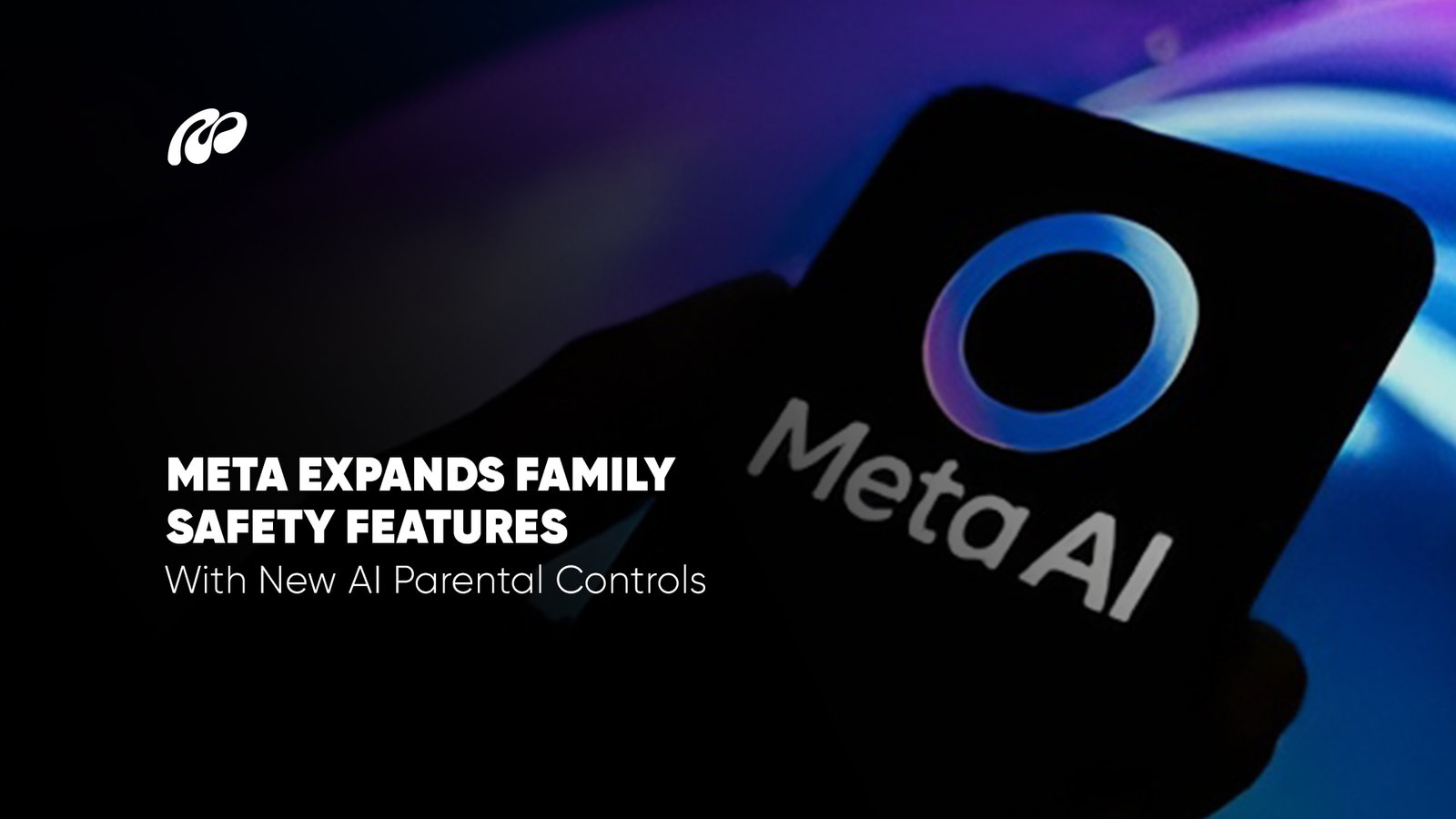Summary
- Google Gemma AI is an innovative Google language model designed to run directly on mobile devices, enhancing the capabilities of AI phones by enabling complex processing locally.
- Running AI models like Gemma AI on the new Google phone improves response times and reduces dependence on cloud services, offering faster, more reliable AI interactions.
- The focus on privacy and security ensures that Google Gemma operates within guidelines that protect user data, addressing concerns common with cloud-dependent AI systems.
- Developers can integrate Google Gemma AI through platforms tailored for mobile and edge computing, allowing the creation of efficient applications that leverage on-device AI.
- The movement toward on-device AI reflects a larger industry trend prioritizing reduced latency, enhanced user privacy, and better overall device performance.
- Mistral Next and other emerging open-source AI models also contribute to this shift, offering alternatives that emphasize accessibility and customization in AI-powered programming.
- As AI models continue to evolve, embedding intelligence directly into devices transforms the landscape of mobile technology, making the latest Google Gemma a key player in this new era of smart, efficient, and secure AI phones.
Google’s introduction of the Gemma AI model, which runs directly on phones, represents a breakthrough in mobile AI capabilities. By enabling advanced natural language processing tasks to be executed locally on the device, Gemma AI offers significant improvements in privacy, speed, and reliability. Users benefit from faster responses and reduced dependency on cloud connections, which is particularly important as AI applications become more integrated into everyday phone interactions. This on-device processing reduces latency and enhances security by keeping sensitive data on the phone rather than transmitting it over the internet.
The launch of Google Gemma fits within a broader wave of transformation in communication technology. For example, Microsoft’s upcoming shutdown of Skype on May 5, 2025, illustrates how older platforms are being phased out in favor of new, AI-enhanced solutions that better serve modern connectivity needs. This shift, shared in the Microsoft Shutdown Skype Announcement, highlights a move away from legacy communication tools toward integrated systems where AI models like Gemma AI play a central role in enabling smarter, more intuitive user experiences on mobile devices.
The combination of Google’s push for on-device AI models and Microsoft’s realignment of communication services points to an evolving landscape where AI-powered phones will dominate. This change promises not only to improve the efficiency of daily communication but also to ensure greater user control over data privacy. As users become more reliant on their devices for both personal and professional communication, having powerful AI like Gemma AI running directly on phones will be a key enabler for seamless, secure, and intelligent interactions in real time.
Google’s Rules for Safe Use
As Google expands the capabilities of its AI models, including Gemma AI and the newer Gemini model, it places strong emphasis on the safe and ethical use of these advanced technologies. The rules focus on preventing misuse, protecting user privacy, and ensuring transparency in AI interactions. Google integrates safety mechanisms within its models to reduce risks such as biased outputs, misinformation, and data breaches, all while building user trust and reliability.
These safety measures contribute significantly to enhancing efficiency with powerful AI, demonstrated by the development of the Google Gemini AI model. Continuous monitoring and ethical guardrails help guide AI behavior to align with human values and societal expectations. This ensures that AI running on AI phones delivers responsible and trustworthy experiences for both users and developers.
By incorporating safety protocols directly into the AI architecture, Google balances technological progress with ethical responsibility. This approach strengthens confidence in AI solutions as they become more deeply embedded in devices like the new Google phone, where performance and privacy are equally important.
Where Can Developers Find It?
Developers looking to utilize the capabilities of Google Gemma AI have access to a range of platforms provided by Google that are specifically designed to support mobile and edge computing environments. These platforms offer comprehensive APIs and development tools, enabling the seamless integration of advanced AI models directly onto devices such as the new Google phone. By running AI locally on the device, applications benefit from faster response times and enhanced privacy since sensitive data no longer needs to be sent to external servers.
This model of on-device AI aligns with solutions like Grok AI, which is built to embed intelligent assistance within everyday workflows, improving productivity and enabling real-time, context-aware decision-making. The design principles behind these AI frameworks emphasize flexibility and efficiency, providing developers with the resources necessary to build applications that leverage powerful AI while optimizing performance and preserving user privacy.
By facilitating easy access to these AI tools, Google promotes innovation within the developer community, encouraging the creation of smarter and more capable mobile experiences. This strategy not only expands the functionality of AI phones but also ensures that device resources are used effectively, balancing computational demands with the need for swift and secure interactions. As a result, developers can push the boundaries of mobile AI applications, delivering intelligent, privacy-conscious solutions that enhance user engagement and usability.
The Trend Toward On-Device AI
The rise of on-device AI marks a fundamental shift in how artificial intelligence operates, especially within the context of AI phones and mobile technology. With models like Google Gemma running directly on devices, users experience faster processing speeds, improved privacy, and reduced reliance on cloud infrastructure. This evolution allows AI to function seamlessly even without constant internet access, empowering devices such as the new Google phone to deliver intelligent features more reliably and securely.
This movement toward decentralizing AI reflects broader changes in technology where local computation becomes essential for responsiveness and data protection. The approach also reduces latency and bandwidth consumption, which are critical factors for mobile users who demand real-time interaction without compromising security.
Within this framework, the technology landscape continuously adapts to integrate AI more intimately with user devices, creating smarter and more personalized experiences. These developments align with the ongoing progression of AI innovations and emerging trends reported widely in tech news sources, including comprehensive updates found on platforms like Mattrics News. The synergy between evolving AI models and user-centric design principles pushes the industry toward a future where on-device AI plays a central role in everyday digital life, balancing power, efficiency, and privacy.





